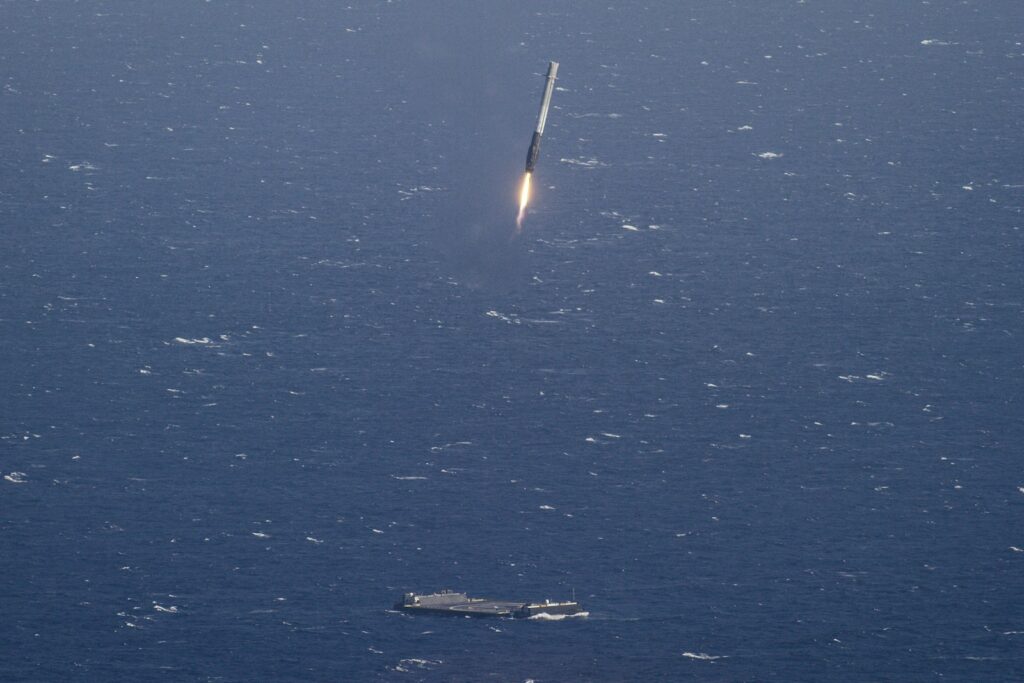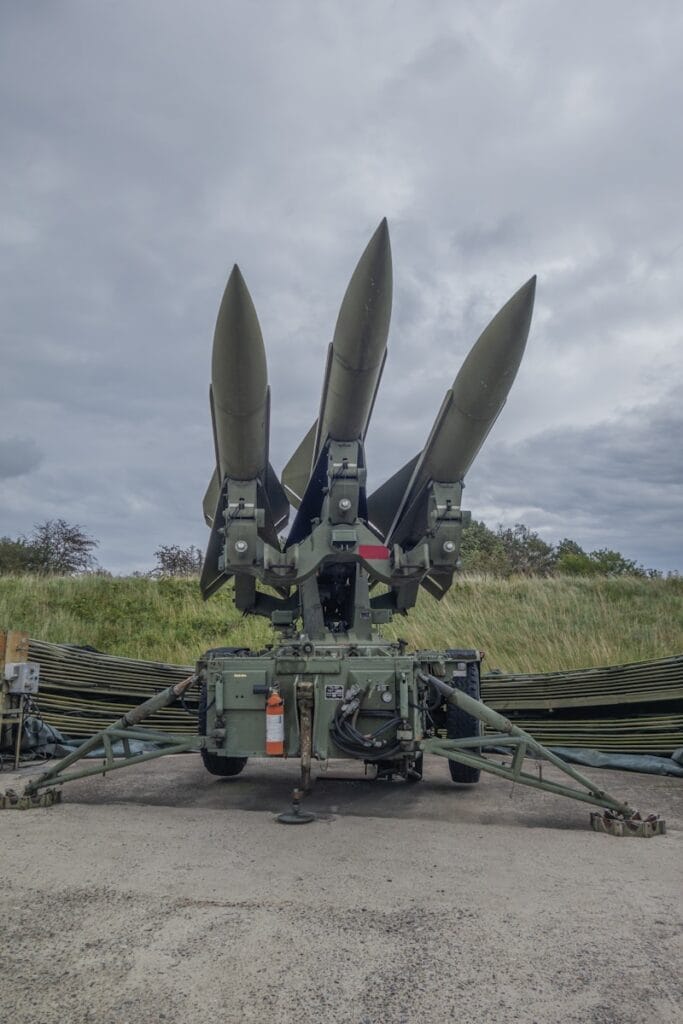
A New Strategic Era in Missile Technology
The global defense landscape is being reshaped by breakthroughs in military technology, most notably the rise of hypersonic missiles. Capable of speeds well beyond Mach 5 and featuring unpredictable trajectories, these weapons strain traditional deterrence models and existing missile defense systems. China’s recent progress in this area has alarmed U.S. officials, triggering urgent debates in Washington about readiness and long-term strategy.
These developments are not only technical but geopolitical. For decades, the United States relied on technological superiority as a foundation for deterrence. The emergence of advanced Chinese hypersonic systems signals a shift that may alter the balance of power, demanding reassessment of defense policies and renewed investment in strategic planning.
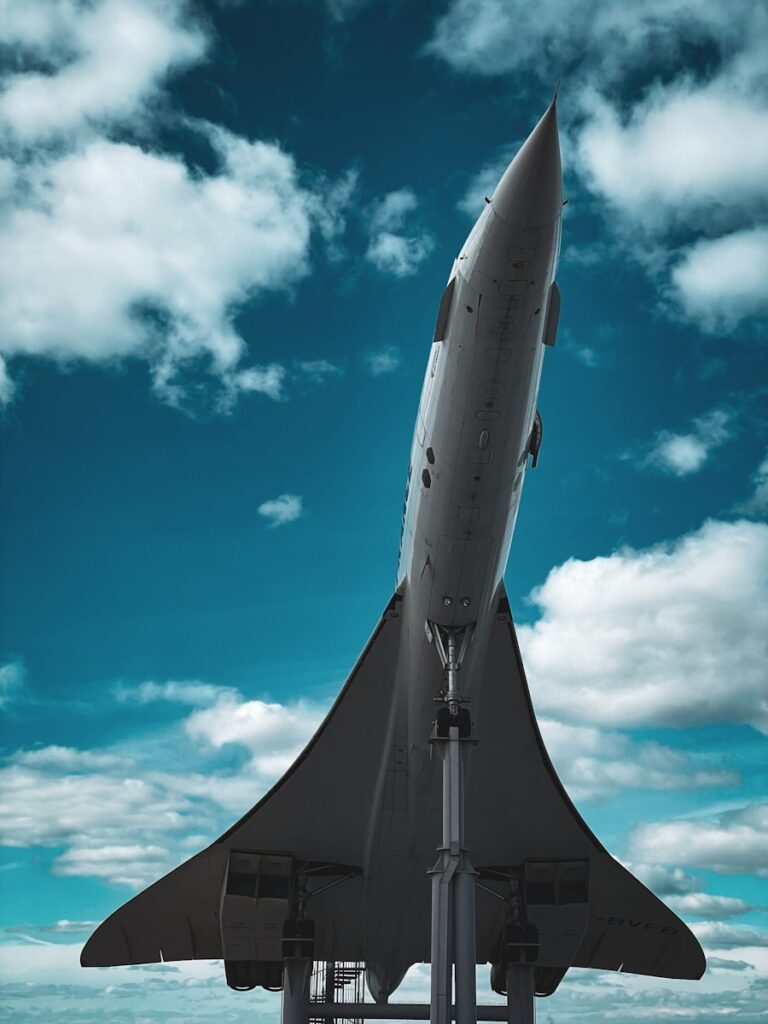
China’s 2021 Test: A Wake-Up Call
In August 2021, China conducted a nuclear-capable hypersonic missile test that reportedly circled the globe before approaching its target. The Financial Times described the event as one that “caught US intelligence by surprise.” Although the warhead missed its target, U.S. experts regarded the demonstration as a major leap, showing that China’s capabilities were more advanced than previously believed.
What distinguished the test was the warhead’s orbital trajectory. Unlike conventional ballistic missiles, it entered orbit, reentered the atmosphere, and maneuvered at hypersonic speeds. This design undermines missile defenses optimized for predictable flight paths, elevating the system’s strategic significance.
A Direct Challenge to U.S. Defenses
The United States has built its missile defense architecture around intercepting intercontinental ballistic missiles from the Arctic. These systems are largely fixed, designed to meet threats on established polar trajectories. China’s test, however, showed an ability to approach targets from unexpected directions, rendering Alaska-based defenses vulnerable.
This poses a new challenge for the U.S. Army Space and Missile Defense Command (SMDC), responsible for detecting and defending against strategic attacks. Its systems were not configured for orbital maneuvers or southern approaches, requiring a fundamental reevaluation of U.S. defensive posture.
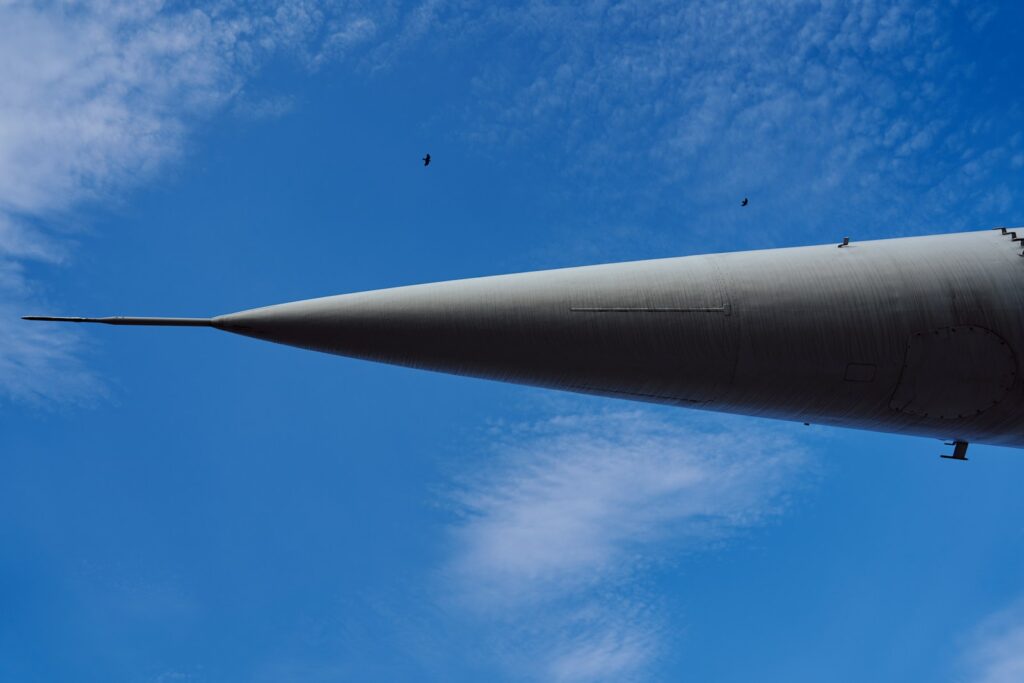
Intelligence Shortcomings and Strategic Gaps
The test also highlighted shortcomings in U.S. intelligence assessments. The Defense Intelligence Agency’s 2019 China Military Power Report had already noted China’s research into maneuverable reentry vehicles, decoys, and hypersonic glide systems. Despite this, officials expressed surprise at the August 2021 breakthrough, raising concerns about underestimating China’s progress.
China publicly denied that the test involved a missile, describing it instead as a “spacecraft.” U.S. officials dismissed this explanation, underscoring how narratives diverge sharply between Beijing and Washington. The controversy recalled Soviet experiments with orbital bombardment systems in the 1960s, which similarly tested the limits of international treaties.
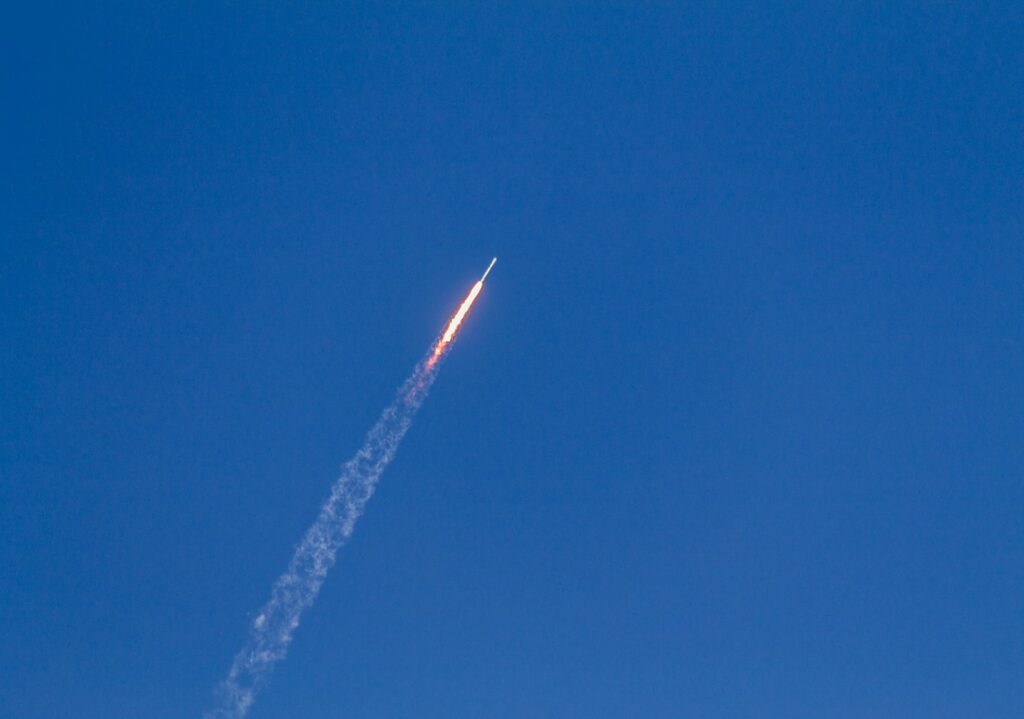
The DF-17 and Other Systems on Display
China had already revealed its hypersonic weapon, the Dong Feng 17 (DF-17), during the 2019 military parade marking the nation’s 70th anniversary. Chinese media described the DF-17 as a “nightmare predator” designed to target U.S. aircraft carriers. Analysts noted its combat readiness and potential role in undermining U.S. naval dominance in the Pacific.
In addition, China has developed the CM-401, a ship-launched hypersonic cruise missile intended for precision strikes against naval task forces and offshore facilities. Together with ballistic systems like the DF-21D and DF-26, these capabilities strengthen what Washington terms China’s anti-access/area denial strategy.

Why Hypersonic Defense Is So Difficult
Interception of hypersonic weapons remains one of the most pressing technological challenges in modern warfare. At speeds beyond Mach 5, reentry warheads generate extreme heat and plasma shields, which interfere with tracking and limit the effectiveness of directed-energy weapons such as lasers or microwaves.
Kinetic approaches, including interceptors that collide directly with targets, are possible but require unprecedented precision. Research into new defensive technologies continues, but for now, reliable countermeasures remain elusive. This difficulty applies equally to both Chinese and Russian systems, making hypersonics a universal strategic concern.
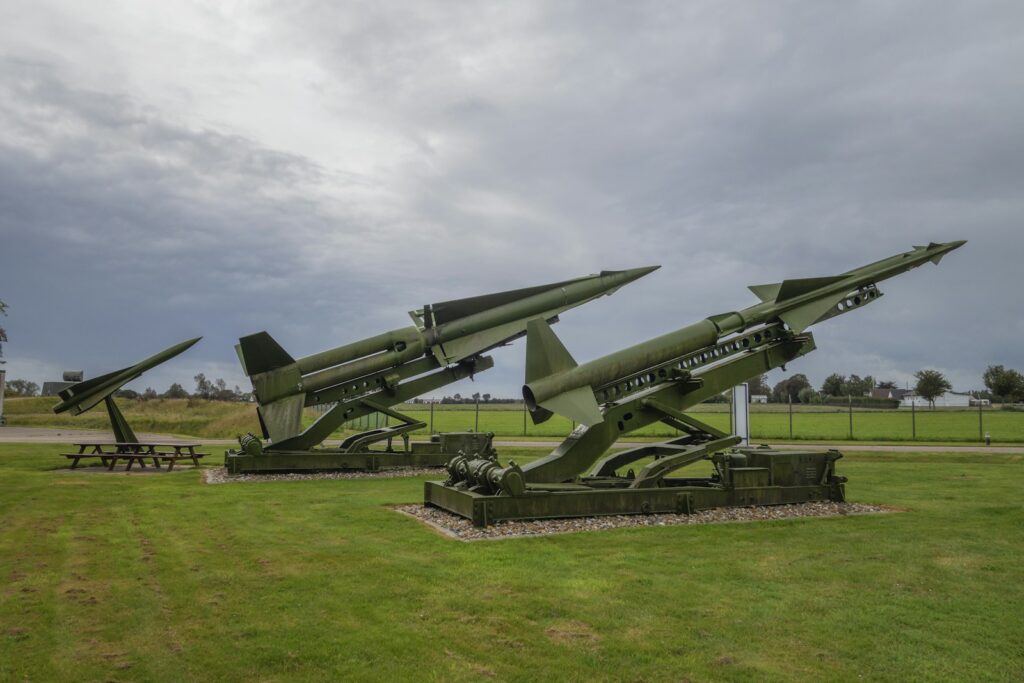
Broader Strategic Implications
China maintains a stated policy of a limited nuclear force with a “no first use” commitment. Its leaders emphasize deterrence and retaliation, not parity with the United States or Russia. However, the integration of hypersonic systems into its arsenal complicates this posture, potentially lowering the threshold for their deployment in regional conflicts.
The United States has pursued its own Prompt Global Strike initiative, aiming to deliver rapid conventional or nuclear capabilities worldwide. While progress has been uneven, the perception of U.S. intentions has fueled Beijing and Moscow’s acceleration of hypersonic development.

U.S. Responses and Defense Options
Washington now faces difficult choices. Expanding missile defense coverage to the southern hemisphere would require enormous investments in radar, interceptors, and personnel. A nationwide expansion of ground-based defenses is unlikely given the prohibitive costs.
Alternative approaches include deploying Navy Aegis-equipped destroyers and cruisers in protective perimeters around the homeland. However, this would divert naval resources from other missions and impose additional financial burdens. The more practical short-term response may be strengthening deterrence through modernization of the U.S. nuclear triad while pursuing innovations in mobile and flexible missile defense systems.
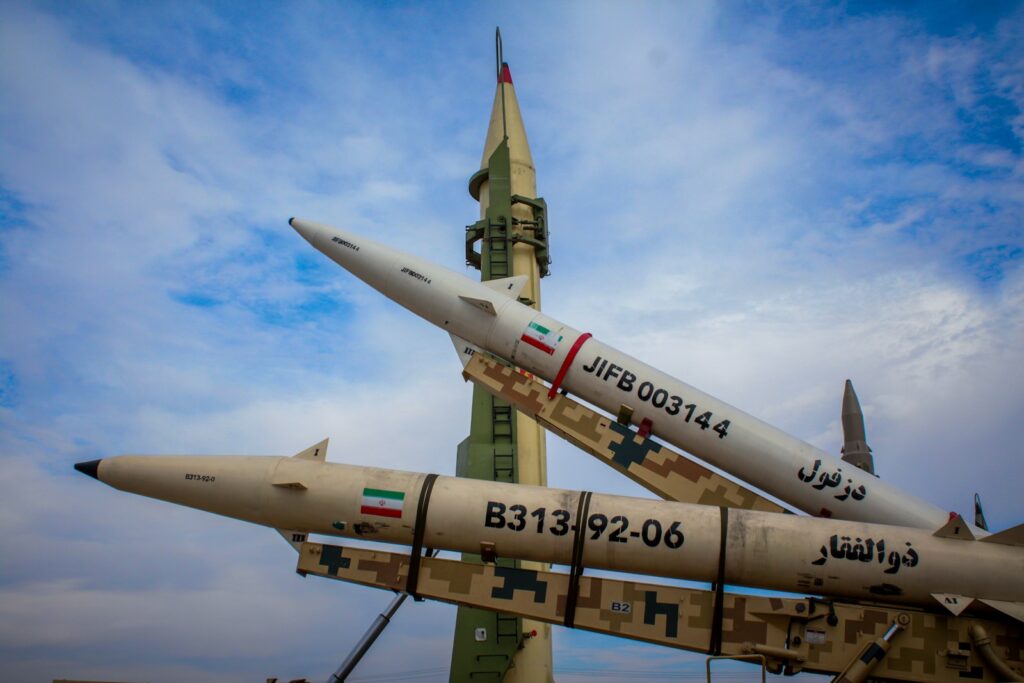
China’s progress in hypersonic technology represents a turning point in global security. For the United States, it underscores vulnerabilities in existing defense architectures and highlights the need for both strategic adaptation and renewed investments.
For SMDC and the broader U.S. defense establishment, the challenge is not only to develop new defensive systems but also to integrate them into a coherent strategy that preserves deterrence and stability. As hypersonic weapons proliferate, the ability to adapt will shape the future balance of power.

